10 ESSENTIAL FEATURES FOR BUSINESS WEBSITES

Your website is central to marketing your business online. No matter the size of your business, it iss crucial for it to have a professional-looking website as its face online.
Simply creating a website with a single page does not secure immediate benefits to your business. According to Clutch.co’s 2018 small business statistics , less than two-thirds (64%) of small businesses have a website. Around 19% of those websites are not mobile-friendly, while many others are missing several crucial things, which can mean losing out on business opportunities.
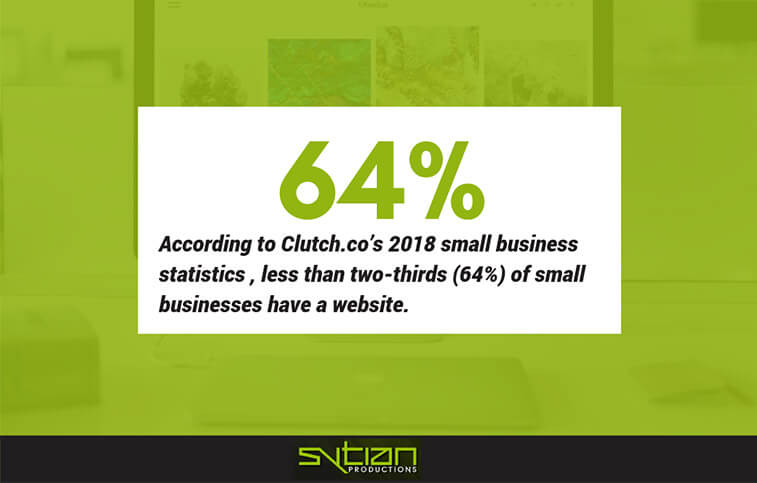
A great business site is like any other marketing strategy: well-crafted, managed and founded on a clear strategy. So if you’re planning to build a new business website, be sure to check out these 10 essential features every successful business site must have.
1.) Accessible Contact Detail
When people visit your website to look for your contact information and can’t find it, they may end up going to a competitor’s website and find what they’re looking for.
It seems fairly obvious, but you’d be surprised just how many websites out there still miss out. According to business2community.com, 60% of small businesses in the United States don’t have contact details on their websites.
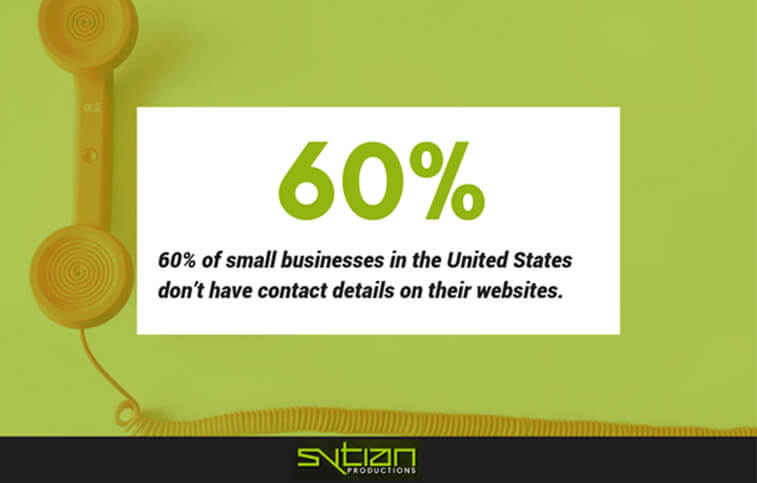
Keep your contact details updated whenever possible. Go through each form on your website and make sure they are 100% working properly in order to potentially get more conversions.
2.) Easy Navigation
Poor website architecture is a major turn off for website visitors. When it comes to website navigation, simplicity is the ultimate sophistication. Remedy this by creating easy navigation to mitigate clutter, preferably a drop-down menu to organize internal links and make more pages accessible to visitors. Apply the Keep it simple, stupid principle. Do not complicate a simple system that already works!
3.) Mobile-Friendly Design
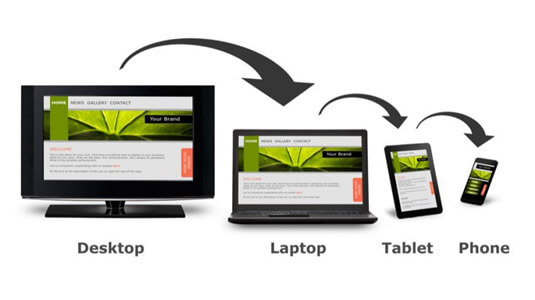
A non-responsive website is not only a momentum killer but can also have a significant negative impact on your website’s entire online presence. . Google has since been using mobile-friendliness as a ranking factor that rewards websites with fully-optimized designs for mobile platforms.
This means a website without responsive design is likely missing out on valuable SERP rankings. With over 60% of Google searches done via mobile devices, adapting to a responsive re-design is one of the smartest things you can do to start attracting website visitors.
4.) SEO-Optimized Pages
No matter how stunning your business website looks, the problem is — it won’t matter if no one finds it. If you want to crush your online presence, you need to start reading about the SEO essentials.
Start with doing onsite search engine optimization. Here are 10 of the most common on page SEO elements that you need to consider according to digital marketing expert, Backlinko.
- Leverage SEO-Friendly URLs
- Start title tags with keywords
- Add modifiers in your title
- Wrap your title in <h1> tag
- Wrap Subheadings with H2 Tags.
- Drop your keyword in first 100 keywords
- Use outbound links
- Boost site speed
- Optimize your images
- Use social sharing buttons
5.) Updated Blog Content
Content is the meat of any marketing strategy. The quality of your blog posts helps add fuel to your SEO, which then helps the website rank higher in search results.
Posting new content regularly, while keeping the quality high, present more opportunities for your business site to stand out. Search engines prefer consistently updated blogs with helpful and relevant content.
You need to give your audience the value they seek, which will make them more likely to return and even regularly visit your website.
6.) Customer Testimonials
Among the other strategies that you can implement in your website to prove your brand’s validity is managing customer testimonials. At the most basic level, allocating a page for testimonials or reviews to receive accounts of first-hand experiences with your business not only helps establish the credibility of your brand, but it also creates a strong social proof.
92% of consumers say they read testimonials and customer reviews when they are deciding to make a purchase. This only means that managing customer testimonials is something you just can’t ignore since it is one of the most significant factors in acquiring customers.
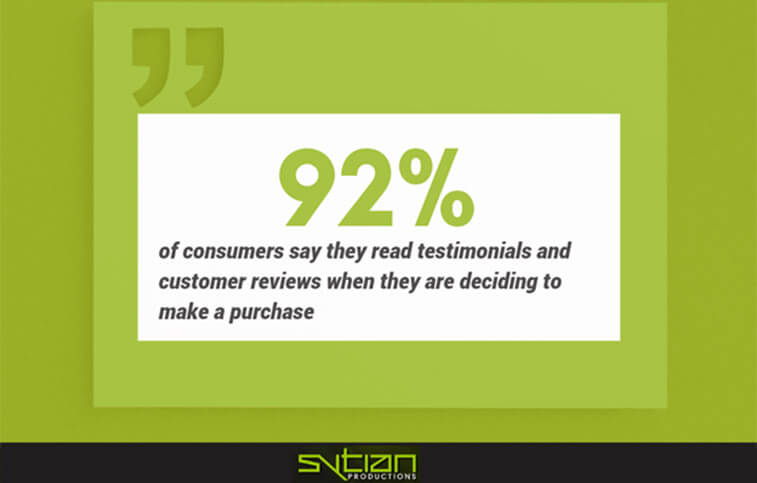
Others brands would also prefer adding case studies, instead of reviews. This would help them further demonstrate how their services can be for everybody. Take this example from Hubspot. They created a dedicated landing page featuring their client’s success story with their images in it. Adding customer testimonials and caste studies boosts brand recognition, plus it helps a lot in humanizing the brand!

7.) Social Media Elements
Integrating social media in your website is a no-brainer. Your social media channels and your website should work together to full promote your brand online. Take advantage of these tips on how to leverage the power of social media and website presence combined.
- Showcase your Twitter feed or Facebook post directly to your website, so that website visitors exactly know where to find you on Social Media.
- Make sure to include up-to-date and visible social media icons and social media sharing buttons on your website to enable visitors to seamlessly share or recommend your product on social.
- Keep your social media content fresh. It makes no sense linking your social media channels on your website if it’s dead or inactive.
8.) Brand Logo
It’s often overlooked by small business owners, but it’s also one of the most important elements of a business website. A brand logo is the face of your business, so a dreadful or unremarkable one can be detrimental to your marketing.
The placement of your logo is also important in your buyer’s journey. The logo should be placed at the top left of your website as it is where users tend to look at first when visiting a website for the first time.
According to Nielsen study, users are 89% more likely to remember logos shown in the traditional top-left position than logos placed on the right.
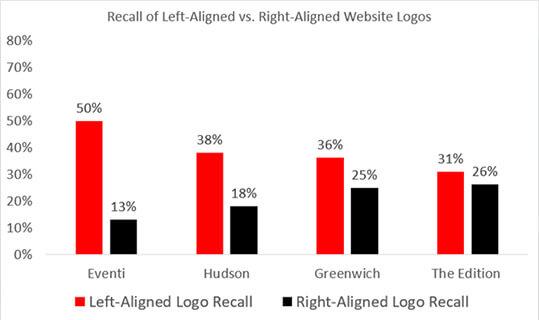
9.) FAQs Page
Frequently Asked Questions (FAQ) page is usually where additional information about the business may be found. An effective FAQ page educates, informs and guides the visitor in a way that they are 100% satisfied with the information they gathered before leaving your website.
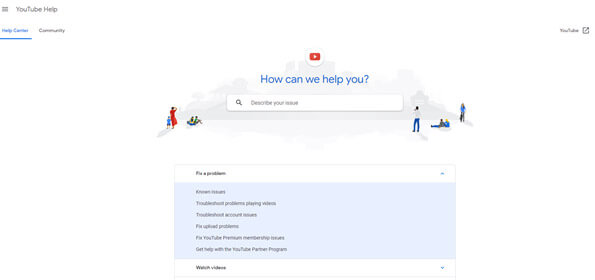
- List out the the major questions and answers you receive every day.
- Keep the page clean, fresh, simple to use.
- FAQ pages can rank organically, so make sure that one of your FAQs match for commonly-asked questions regarding your brand.
10.) Page Footer
Some businesses don’t find the page footer to be that big of a deal, so they just wing it without much thought.
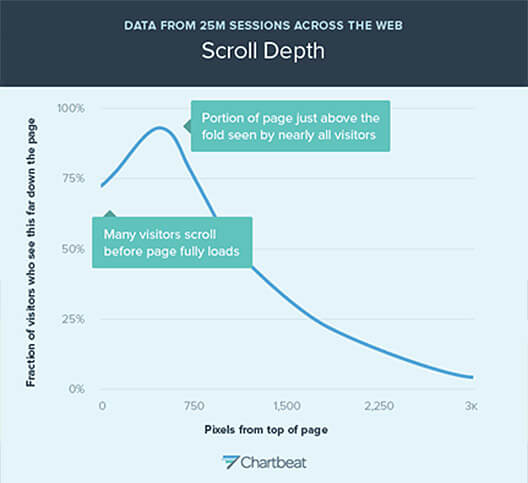
However, a study by Chartbeat of scroll behaviour across the web concludes that no page is too tall and no footer is too far. So, aside from it being the best place for copyright and privacy policy information, it is also where contact information, quick links, and social media feeds can be strategically placed.
These 10 business website essentials are fundamental to the effectiveness of your online marketing. They may all seem straightforward and obvious, but leaving out some important items may negatively impact your site. And at the same time, overdoing it may also do the same. With the help of an experienced web designer Philippines, getting your business an effective website will reap major benefits. Check all these items off the list and your business website will bring great value to your customers!